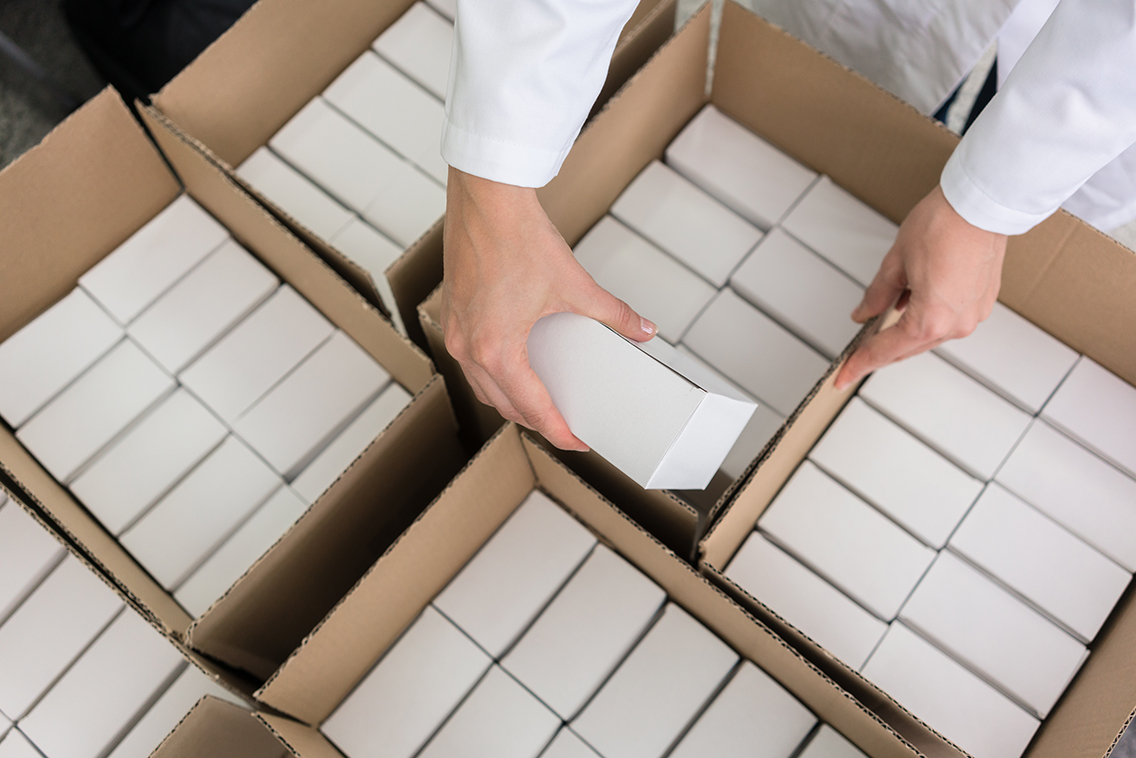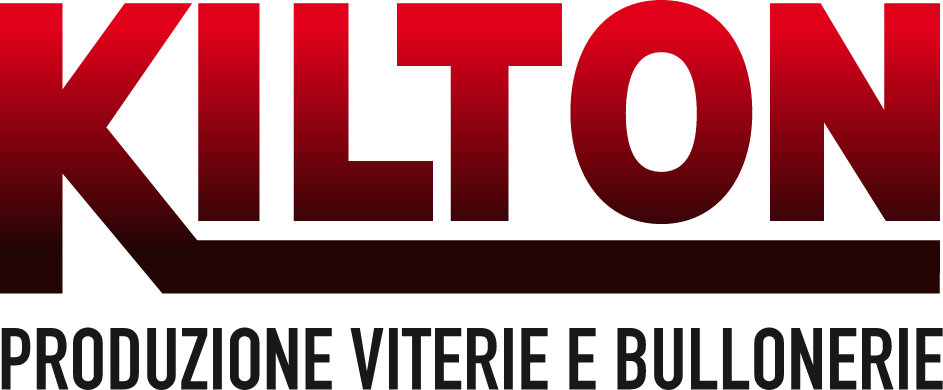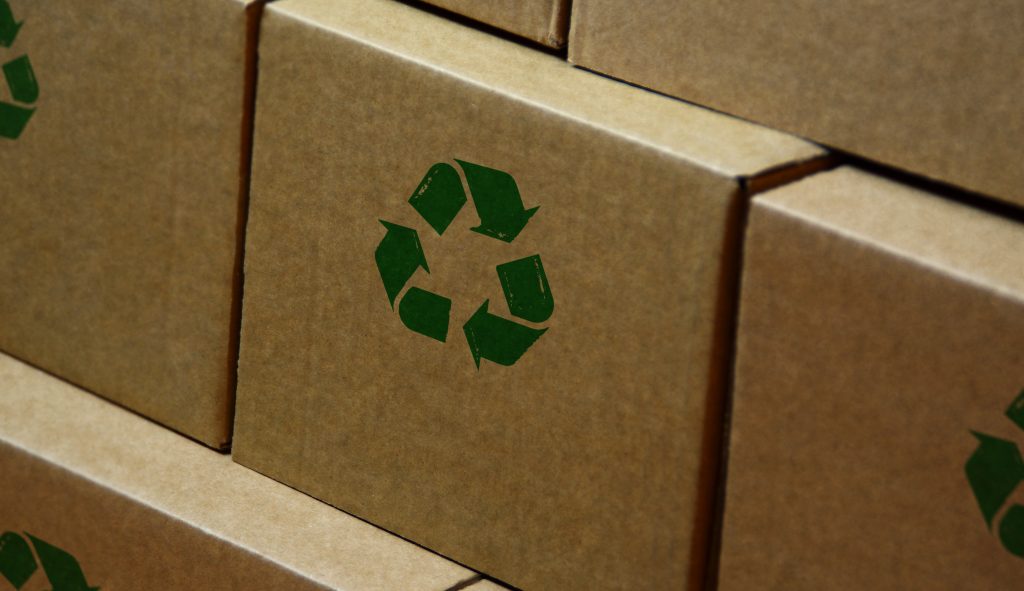Concern for the environment is a very important topic in recent years, but we do not only talk about policies regarding materials, emissions, recycling, and so on. One of the most complex topics to talk about is packaging.
Initial overview: why is packaging important and how does it affect price?
Packaging is essential to protect the product and keep it intact during transport and storage.
But how much does it actually affect the final price? It depends on the size and type of material used. The most common are paper, cardboard and plastic: the former two are characterized by a lower cost than the latter, while in terms of protective capacity and heavy weight, plastic excels. It is not just a question of cost as packaging also has an impact on the product itself: if it is too large or ineffective it can cause the product to be damaged during transport or storage, creating economic losses for the company and frustration for the consumer.
Are smaller packages sustainable?
One of the most pressing problems, however, especially in Italy, is “shrinkflation”. Smaller packages are more easily disposable for a number of reasons:
- perception of lower price attracts purchase
- the canned product is more easily distributed and resold
- they are more convenient and practical to transport, taking up less space can reduce the price of collecting them from couriers, and so on.
The problem is that as a practice it is not at all green. Boxes, especially if made of cardboard or containing certain products, are difficult to reuse and often end up in normal waste, if not in landfills where they are not recycled immediately and where, if they are, they take years to degrade.
Furthermore, the cost of the canning service is not free of charge: canning one hundred cans does not take the same time, material and energy as packing the same quantity in ten larger boxes. This cost, of course, will be passed on by the manufacturer to the distributor and in the long run to the end customer.
Many companies are moving towards more sustainable solutions, such as compostable and recyclable packaging, which would, however, cost more and again fall on the company’s costs.

Solutions to increase the use of sustainable packaging
The solution would be to implement an effective literacy of people to the actual costs of certain services, as well as the policy of saving on large quantities.
To give a trivial example: our litre of milk (whether carton, plastic bottle, glass bottle, whole, semi-skimmed or skimmed, soya, fresh or long-life) has a certain cost. In not a few states in the USA, however, there is a habit of knowing one’s own consumption habits and timing that has led companies to decide to save money on packaging by increasing its size, and this has also reduced the price of the product itself! Speaking of numbers, the average litre of milk in Italy (the only size we have) is 1.70€, while in America the same average is only around one dollar, which is about 0.93€.
Moreover, if one buys the classic film canister packaging of two, three or even five litres, the price of the product goes down, enticing people to be environmentally friendly because, in fact, they save money!
In short, knowing one’s consumption habits and reducing unnecessary packaging should be the basis for saving not only for ourselves, but also for others. Adopting a mindset of being green can also be good for increasing sales by exploiting price differences on large quantities.
But fundamentally the most useful point: it serves to develop a more realistic, practical entrepreneurial mindset, more in keeping with future generations and the real need to save, which does not come from the smallest and smallest quantities, but from knowing how to plan over the long term the use of the goods one acquires.
How Kilton implements this line of thinking
As a Kilton company, we have opted to maintain a solid consistency with this line of thinking: the path we have taken has led us to gradually reduce the amount of packaging and thus its cost, and therefore also to savings in terms of economic resources that can be used in other areas of the company. The only thing that has not been lacking is the quality of the packaging: reducing and replacing does not mean ‘doing away with it altogether’, simply having a clear view of what can be products of equal quality but with less impact on the environment.
If you found this reflection interesting, have a look at our blog, you will find other in-depth articles on contemporary issues.


